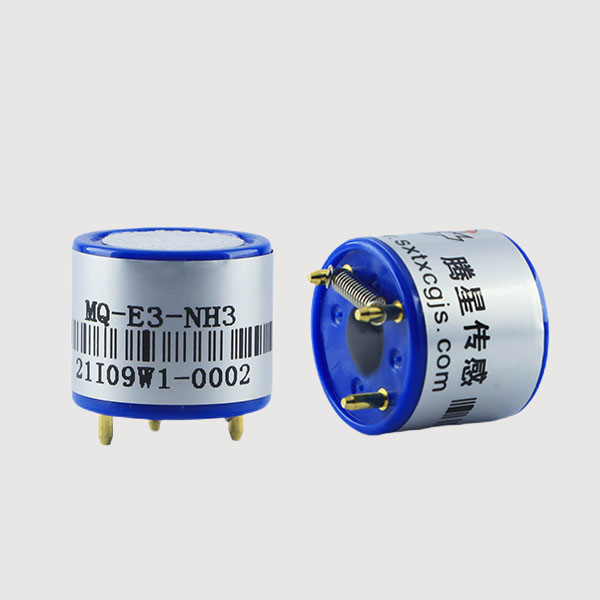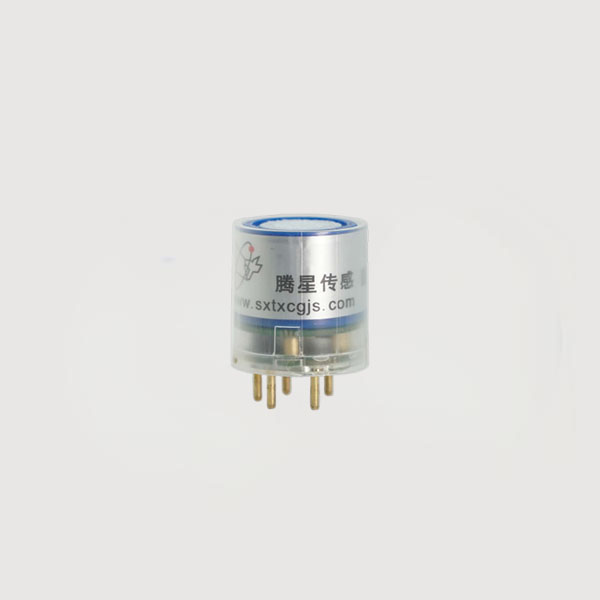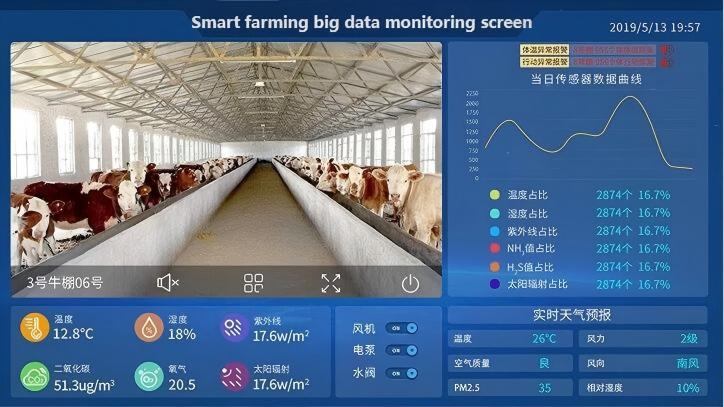

 News
News Industry News
Industry News Ammonia (NH₃) is a colorless gas with a strong, pungent odor. It is both a critical industrial raw material and a toxic and hazardous air pollutant. Accurately monitoring its concentration is crucial, and ammonia sensors are the "olfactory guardians" that perform this task. Its application areas are far more extensive than one might imagine. The following is a detailed explanation of its core application scenarios:

MQ-E3-NH3 Electrochemical NH3 Sensor

TE03-NH3 electrochemical module
1. Industrial Safety: Chemical and Refrigeration Industries
As you mentioned, this is the most traditional and critical application area for ammonia sensors.
Monitoring Requirements: In fertilizer production, petroleum refining, pharmaceutical manufacturing, and large cold storage (where ammonia refrigerant is used), ammonia is both a raw material and a hazardous source. Leaks not only cause air pollution but can also lead to acute poisoning, combustion, and even explosions (explosion hazards exist at concentrations of 15.7% to 27.4% by volume in air).
Sensor Role: Fixed ammonia sensors installed in key locations such as production workshops, pipeline interfaces, and storage tank areas provide 24/7 real-time monitoring. Once concentrations exceed the specified limit, an audible and visual alarm is immediately triggered, and the system can be linked to fans and sprinkler systems to automatically initiate emergency response, serving as the first line of defense for protecting workers' lives and factory assets.
2. Urban Management and Smart Living: Smart Public Toilets
You mentioned smart public toilets, which are a typical example of a "small but beautiful" application of sensor technology in smart cities.
Monitoring Requirements: Odors in public toilets primarily originate from ammonia (NH₃) and hydrogen sulfide (H₂S) produced by the decomposition of organic matter. These gases are not only unpleasant but, at high concentrations, can also affect the health of toilet users and cleaning staff.
Sensor Role: Internet of Things (IoT) ammonia sensors upload real-time concentration data to a cloud platform management backend. This not only triggers alarms, notifying cleaning staff to clean promptly, but also enables intelligent management. For example, ventilation system air volume can be automatically adjusted based on gas concentration, or combined with toilet occupancy data to optimize cleaning routes and resource allocation, significantly improving the sanitation level and service efficiency of public facilities.
3. Modern Agriculture: Livestock and Poultry Farming and Greenhouse Cultivation

In modern intensive farming, ammonia is the primary odorous and harmful gas. The application of sensors is directly related to economic benefits and animal welfare.
Monitoring Needs: The decomposition of livestock and poultry excrement produces large amounts of ammonia. Long-term exposure to high ammonia levels can:
Damage to Animal Health: It irritates the respiratory mucosa, reduces immunity, and can easily lead to diseases such as pneumonia, resulting in slowed growth and decreased egg and milk production.
Hazards to Human Safety: Long-term exposure to ammonia can cause respiratory and eye diseases in livestock keepers.
Environmental Pollution: Ammonia volatilization is a significant source of nitrogen pollution in the atmosphere.
Sensor Role: A sensor network installed in the livestock barn monitors ammonia concentrations in real time and automatically controls the ventilation system. When concentrations rise, fans are automatically activated for ventilation, ensuring air quality while being more energy-efficient than continuously running the ventilation system. Furthermore, this data can be used to assess feed digestibility and management effectiveness.
4. Environmental Protection: Air Quality Monitoring
You mentioned the key role of ammonia in atmospheric chemistry. This is extremely important and represents a cutting-edge area in environmental monitoring.
Monitoring Needs: Ammonia is a key precursor to PM2.5. It reacts with acidic gases in the atmosphere (such as sulfur dioxide and nitrogen oxides) to produce secondary inorganic particulate matter such as ammonium sulfate and ammonium nitrate, which are a significant component of smog.
Sensor Role: Traditional large-scale analyzers offer high accuracy but are expensive and difficult to deploy densely. A new generation of low-cost, highly sensitive ammonia sensors can form a dense monitoring network, helping environmental protection agencies more accurately track the sources of ammonia pollution (such as agricultural and industrial areas) and analyze its diffusion pathways, providing data support for the formulation of precise air pollution prevention and control policies.
5. Other Important Application Areas
In addition to the aforementioned areas, ammonia sensors also play a vital role in the following scenarios:
Food cold chain transportation: Ammonia is a common natural refrigerant. Installing sensors in refrigerated trucks and cold storage facilities can promptly detect refrigeration system leaks, preventing spoilage and safety accidents.
Medical Diagnosis: Ammonia concentrations in exhaled breath are associated with certain diseases (such as renal insufficiency and Helicobacter pylori infection). Although still in the research stage, breath ammonia testing is a highly promising non-invasive diagnostic method.
Home Safety: Suitable for homes with elderly or children, it can detect deteriorating indoor air quality caused by factors such as pet feces and cleaning agents (some of which contain ammonia), providing timely ventilation reminders.
Summary: Ammonia sensors have evolved from simple industrial safety equipment to core sensing components that empower multiple fields, including industrial safety, smart cities, modern agriculture, and environmental protection. With the development of the Internet of Things, big data, and artificial intelligence technologies, their applications will become more intelligent, networked, and sophisticated, continuing to silently protect our health, safety, and environmental quality, even from the invisible.